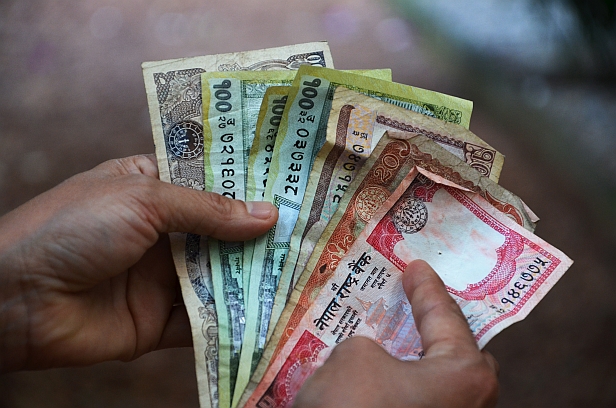
One of the most water-abundant countries in the world, with vast areas of hills and mountains, Nepal has been the focus of hydropower development for decades.
But the local costs of hydropower projects can be significant. They can mean the displacement of farming communities to clear the way for dams or reservoirs, and disruptions to local hydrology and ecosystems. Meanwhile, the benefits – the production of electricity, primarily – accrue elsewhere, in relatively wealthy urban and peri-urban areas that enjoy access to the national grid.
In an attempt to address the mismatch, in the early 2000s, Nepal introduced a law to plough a portion of the revenues from taxes levied on hydropower companies back to the areas where their installations are located. Each year, this money is paid as a royalty to district offices and the larger ‘development regions’ in which they reside.
Speaking at the Hydropower & Dams Asia 2014 Conference in Colombo, Sri Lanka, last week, Soumya Balasubramanya from IWMI argued that these efforts – while implemented with the best of intentions – have not had the desired effect. Rather than reducing inequality in the distribution of the benefits of hydropower, in some cases, she says, they may have actually reinforced it.
“It’s not a problem with the concept of revenue sharing per se,” said Balasubramanya. “It’s rather that most hydropower development in Nepal is concentrated in a few areas that already have the infrastructure to support it.”
“That means the system is channeling more money into wealthier areas, relative to poorer ones that have little or no hydropower development.”
She points to Nepal’s West and Central development regions, which have seen the “lion’s share” of the country’s hydropower projects, and the majority of the redistributed revenues.
“At one scale, the royalty system works, because money is flowing to the districts rather than being held in the coffers of the central government. But, overall, the system is unlikely to close the gap between districts that do have hydropower development and those that don’t.
But for Balasubramanya, this doesn’t mean the system is without its merits. “Having a law that stipulates how revenues from hydropower development should be shared means Nepal is still way ahead of many other countries,” she continued.
“We have to be clear though, that the main effect of the law has probably been to reduce public opposition to hydropower development. That’s because there is a perception that some of the money earned from the use of rivers – often regarded as a common resource – is being channeled back into the region. If you really want to improve equity, you need to think about the much broader process of development, including but not limited to hydropower,” she said.
More information:
Scale matters: can revenue-sharing improve equity in hydropower development in Nepal?
The full results of Soumya Balasubramanya’s research are expected to be published later in the year.

